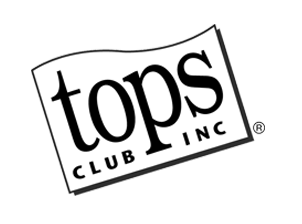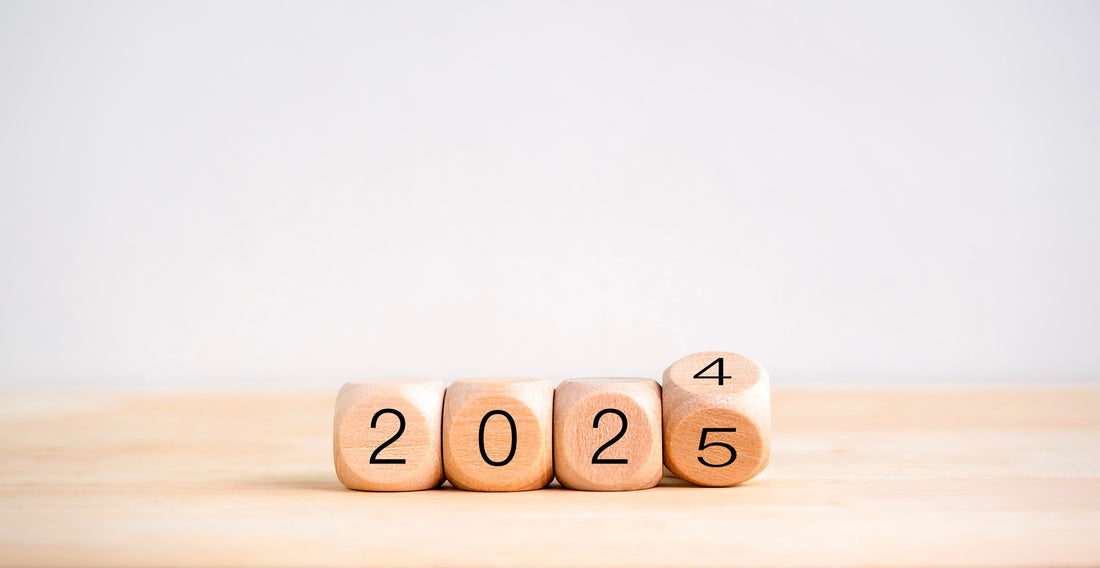The start of the year is often filled with motivation and hope as New Year’s resolutions are set. Unfortunately, as the year goes on, many times motivation is lost and goals fall by the wayside. It doesn’t need to be that way. The key to making change stick is to turn it into a habit.
Habits, both healthy and unhealthy, all come from a habit loop that has three key components: the cue, the behavior and the reward.
- The cue is a trigger that initiates the habit. It can be anything that prompts a specific behavior like the time of day, your emotional state and physical location.
- The behavior is the action that follows the cue, the actual habit itself. This can be physical, mental or emotional.
- The reward is the positive outcome that reinforces the habit loop. It’s what your brain associates with the routine and makes the habit more likely to be repeated. This can be things like pleasure, relief or satisfaction.
As the loop is repeated, the habit changes into an established behavior and can become automatic. Understanding the habit loop can help empower you to effectively modify habits, whether you’re trying to establish new positive habits or break free from negative ones. Here’s a simple example of how the habit loop works:
- Cue: Waking up in the morning
- Behavior: Brushing your teeth
- Reward: Fresh breath and feeling clean
In the habit loop of brushing your teeth, the cue (waking up) triggers the routine (brushing your teeth) and the reward (clean and fresh feeling) reinforces the behavior. Over time, the brain associates the cue with the positive outcomes, making the habit of brushing teeth a regular and automatic part of daily life.
In the Loop
Habit loops apply to both healthy and unhealthy behavior. An example of healthy behavior could be exercising regularly:
- Cue: A specific time of day, wearing workout clothes, an alarm or finishing work. This cue signals the brain that it’s time to engage in physical activity.
- Behavior: The exercise itself, whether it’s going for a run or walk, doing yoga, swimming or working out at the gym.
- Reward: The reward includes a sense of accomplishment and improved physical health. Over time, you’ll also see improvements in fitness levels and body shape, which further reinforce the habit.
To establish this habit, focus on creating a consistent cue, finding enjoyable and suitable exercises and celebrating the rewards, which can motivate you to continue exercising regularly.
Unhealthy behaviors can form a habit loop. For some, this could be emotional eating:
- Cue: Feeling an emotion like stress, boredom, sadness or even happiness. When you experience these emotions, you may feel a strong urge to eat, seeking comfort or distraction from your feelings. The sight or smell of food can also trigger emotional eating.
- Behavior: Actually eating the food, which is usually high in sugar, fat or carbs, as a way to cope with or suppress emotions.
- Reward: Temporary emotional relief or comfort that comes from eating. However, this reward is short-lived and often followed by guilt or regret.
Breaking the emotional eating cycle involves recognizing and addressing underlying emotions, finding healthier coping mechanisms (such as exercise, talking to a friend, practicing relaxation techniques) and replacing the routine of emotional eating with these healthier alternatives. By understanding the habit loop and consciously working to change the routine while addressing the emotional triggers, you can develop healthier responses to your emotions and break the cycle of emotional eating.
Making it Stick
Understanding this habit loop is key to creating positive habits and breaking negative ones. Now that you have an understanding of what a habit loop is, here are some tips on not just creating habits, but maintaining them:
- Start Small: Start with tiny, achievable goals that lead up to your primary goal. Small changes are easier to integrate into daily routines and are more likely to stick.
- Stay Consistent: Follow cues like doing an activity at the same time each day or seeing a visual cue.
- Set Clear Goals: Make them Specific, Measurable, Achievable, Relevant and Timely (SMART). Knowing exactly what you want to achieve helps maintain focus and motivation.
- Track Progress: Do this however it makes sense for you! You could do things like mark the calendar each time you work out, track your healthy eating on the My Real Progress journal (page 30) or find an app to log your efforts. Tracking progress provides a sense of accomplishment and motivation.
- Stay Accountable: Share goals, other than a weight-loss goal, with someone, whether it’s chapter members, a friend or someone in your family. Being accountable to another person increases motivation and the likelihood of sticking to the habit.
- Be Patient and Persistent: Habits take time to form. Setbacks are natural so don’t become discouraged, just get back on track and don’t be too hard on yourself!
- Reward Yourself: Beyond the reward in the habit loop, treat yourself to a non-food bonus after reaching a milestone. This could be buying a new pair of gym shoes, treating yourself to a massage or taking a vacation.
- Visualize Success: Visualize yourself successfully creating a habit. Visualization increases motivation and makes the habit feel more attainable.
- Stay Flexible: Life can be unpredictable. Adapt your habits to changing circumstances rather than abandoning them altogether; flexibility is key to long-term success.
- Celebrate: Celebrate the journey, not just the end goal. You are doing something important for yourself and you should be proud of that!
Celebrate every step of the journey, appreciating the progress you make and the positive impact these changes have on your well-being. By embracing the habit loop and following these tips, you can turn your resolutions into routines that become an integral part of your daily life, leading to a healthier, happier you. Here’s to a year of successful habit formation and personal growth!
This article was written by Lexi Wojcik-Kretchmer, Communications Specialist for TOPS, and was originally featured in the January/February 2024 issue of TOPS News magazine.
More Blogs
Making Healthy Changes That Last With SMART Goals

